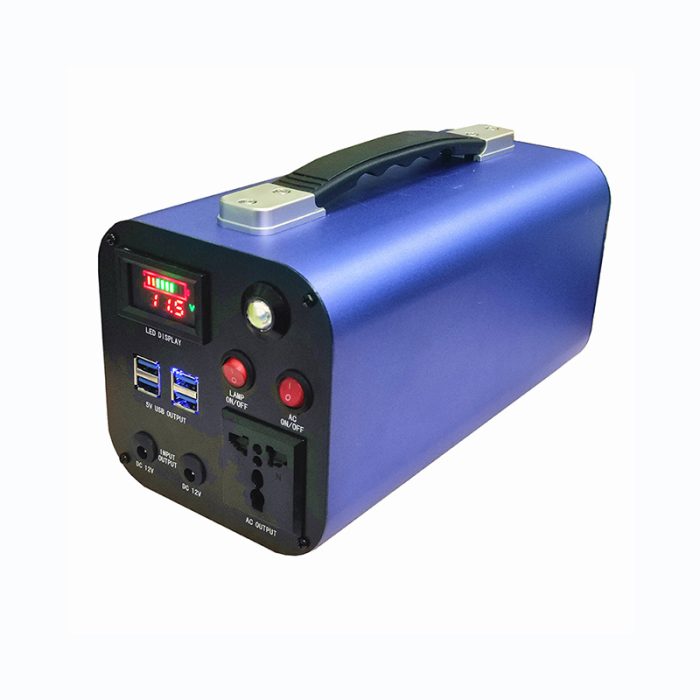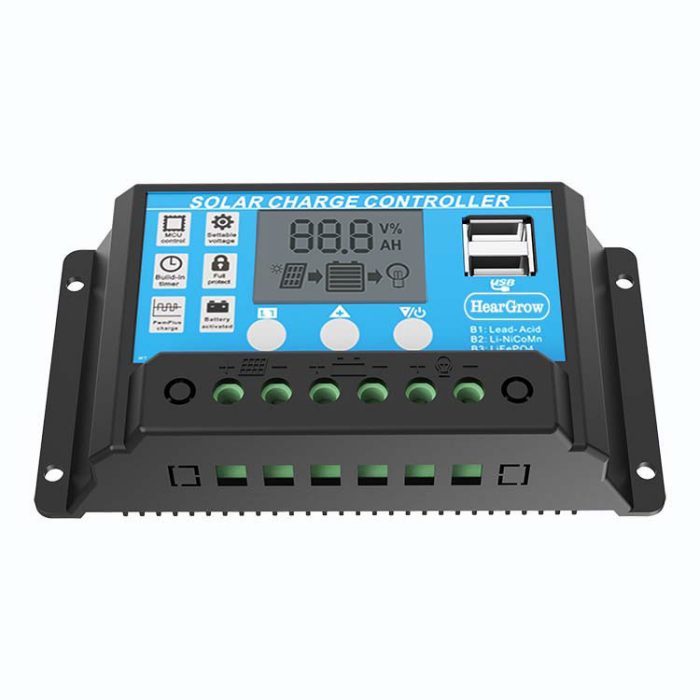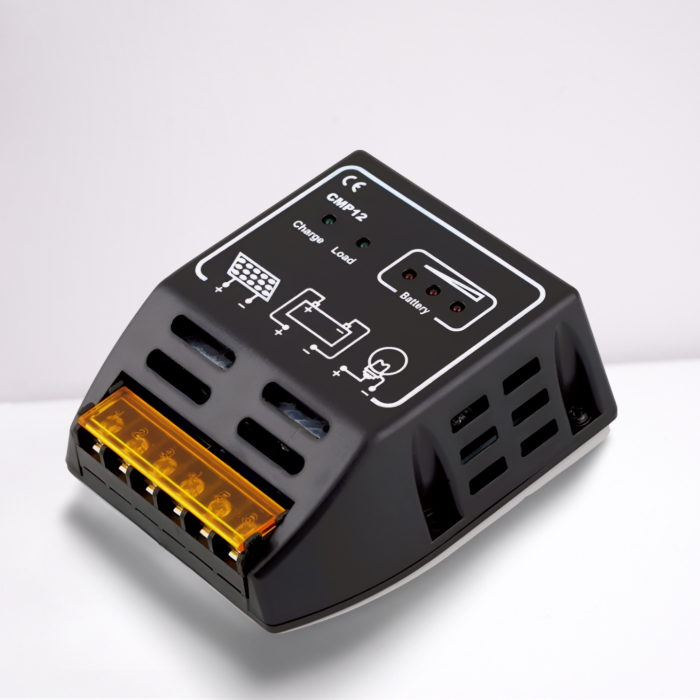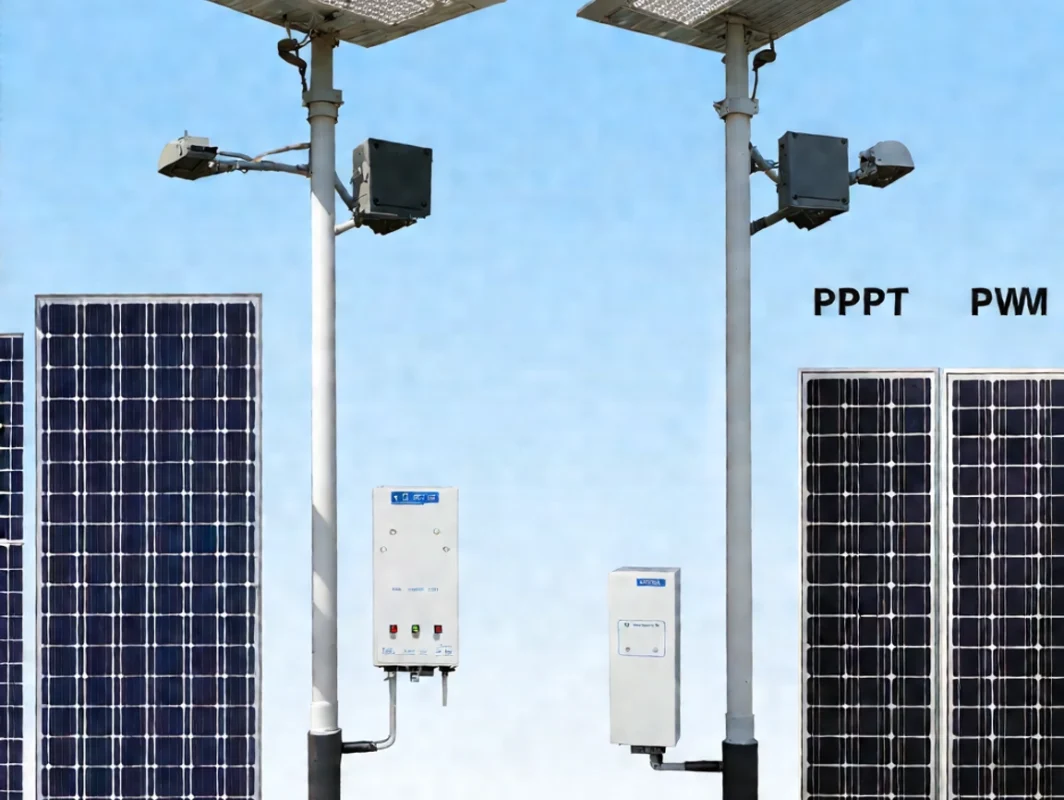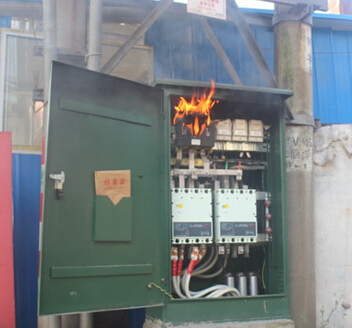A solar controller may experience charging stagnation, also known as a freeze or dead state, during high-current charging due to several potential causes:
1:Overheating Protection:
High current charging can cause the internal temperature of the solar controller to rise rapidly. If cooling is inadequate or environmental temperatures are too high, the controller may activate its overheat protection mechanism, stopping operation or entering a stalled state to prevent damage.
| Protection Measures | Working Principle | Safety Reasons | Examples/Suggestions |
|---|---|---|---|
| Temperature Sensors and Automatic Shutdown | Built-in temperature sensors monitor internal temperatures, automatically reducing power or temporarily shutting down if safety thresholds are exceeded. | Prevents damage to internal components and reduces fire risk. | High-end MPPT controllers (such as Victron Energy, EPever) usually feature this. |
| Heat Sinks and Cooling Fans | Heat sinks dissipate heat from electronic components, while cooling fans provide active airflow to reduce temperatures. | Keeps the controller operating within a safe temperature range, effectively cooling even during high current charging. | Ensure that the cooling system is clean and dust-free for optimal performance. |
| Overcurrent and Overload Protection | If input current exceeds rated capacity, the controller limits current to a safe level. | Prevents overheating due to overload. | Most modern controllers have this feature but must ensure it matches the system’s current requirements. |
| Adequate Ventilation and Installation | Install the controller in a well-ventilated area, away from direct sunlight and other heat sources. | Reduces overheating risks by maintaining a cool operating environment. | Use mounting brackets to ensure adequate air circulation around the controller. |
| Temperature Compensation | Adjusts charging voltage based on ambient temperature to prevent overcharging and overheating. | Protects the controller and battery from temperature-related damage. | Many MPPT controllers offer this feature for lead-acid and lithium-ion batteries. |
| Redundant Safety Mechanisms | Combines multiple protection features (such as thermal shutdown, overcurrent protection, and voltage regulation) to ensure safety even if one mechanism fails. | Provides layered protection against overheating. | High-end controllers typically come with redundant protection mechanisms. |
| High-Quality Components and Design | Uses high-quality materials and robust design from reputable brands. | High-quality components are less likely to fail under high temperatures or heavy loads. | Choose products certified with CE, RoHS, or UL to ensure compliance with safety standards. |
| Remote Monitoring and Alerts | Utilizes Bluetooth or Wi-Fi connections for real-time monitoring of temperature and performance via smartphone applications. | Early detection of overheating issues allows timely intervention. | Victron Energy controllers support Bluetooth connectivity, offering real-time monitoring functions. |
| Regular Maintenance and Inspection | Regularly check the controller for dust, loose connections, or signs of wear. | Prevents minor issues from escalating into serious overheating problems. | It’s suggested to conduct a thorough inspection and maintenance once every quarter. |
2:Hardware Limitations:
The hardware design of the controller might not be capable of handling such high currents. For instance, MOSFETs, diodes, or other power components used may have lower rated current capacities. When actual current exceeds these ratings, the components may fail or enter a protective mode, causing the controller to malfunction.
3:Software/Firmware Issues:
There could be bugs or misconfigurations in the internal microprocessor or firmware of the controller. Under specific conditions, such as high current input, these issues can lead to system crashes or unexpected states, resulting in what is perceived as a “freeze.”
4:Power Supply Instability:
Unstable supply voltage or transient spikes can interfere with the controller’s normal operation, especially under high current conditions, leading to abnormal behavior and potential stalling.
5:Connection Problems:
Incorrect wiring or poor connections can cause abnormal behavior at high currents. For example, high resistance in connection cables or loose terminal connections can generate excessive heat or voltage drops that affect the controller’s performance.
6:Load Characteristics:
Certain types of loads may demand very high instantaneous currents upon startup, which can exceed the solar controller’s design limits and cause temporary failure.
7:Component Failures:
Critical components inside the solar controller may fail, such as aged capacitors or cracked solder joints on the printed circuit board, issues that become more apparent under high current conditions.
8:Improper Settings(Can Refer the Setting Guide from Youtube):
If the solar controller settings are incorrect, such as an improperly set maximum charging current, the controller might take measures to prevent overload when actual charging current approaches or exceeds this value, manifesting as a stall.
Recently, customers have reported that some units of the CPT and CPW series solar controllers experience charging stagnation (freeze or dead state) during high-current charging. After returning these units to the factory and conducting on-site verification, it has been confirmed that there is a potential hazard present, which can be resolved by replacing certain components.
Analysis:
It has been determined that between 2022 and March 2023, some batches of two particular components may have inconsistent parameters, making them prone to causing the device to stop operating.
Solution:
Free Component Replacement: We offer free replacement of the affected components or provide the necessary components for customers to replace themselves. Please contact our sales department to arrange this service.
Not All After-sales Require Component Replacement: It is important to note that not all after-sales issues require component replacement. Other problems such as loose wiring harnesses or overvoltage damage should be confirmed with us before proceeding with any solution.
Summary
To avoid charging stagnation, invest in a high-quality MPPT solar controller with a sufficient current rating, advanced thermal management, and compatibility with your battery type. Proper installation, regular maintenance, and monitoring are also essential to ensure smooth operation.
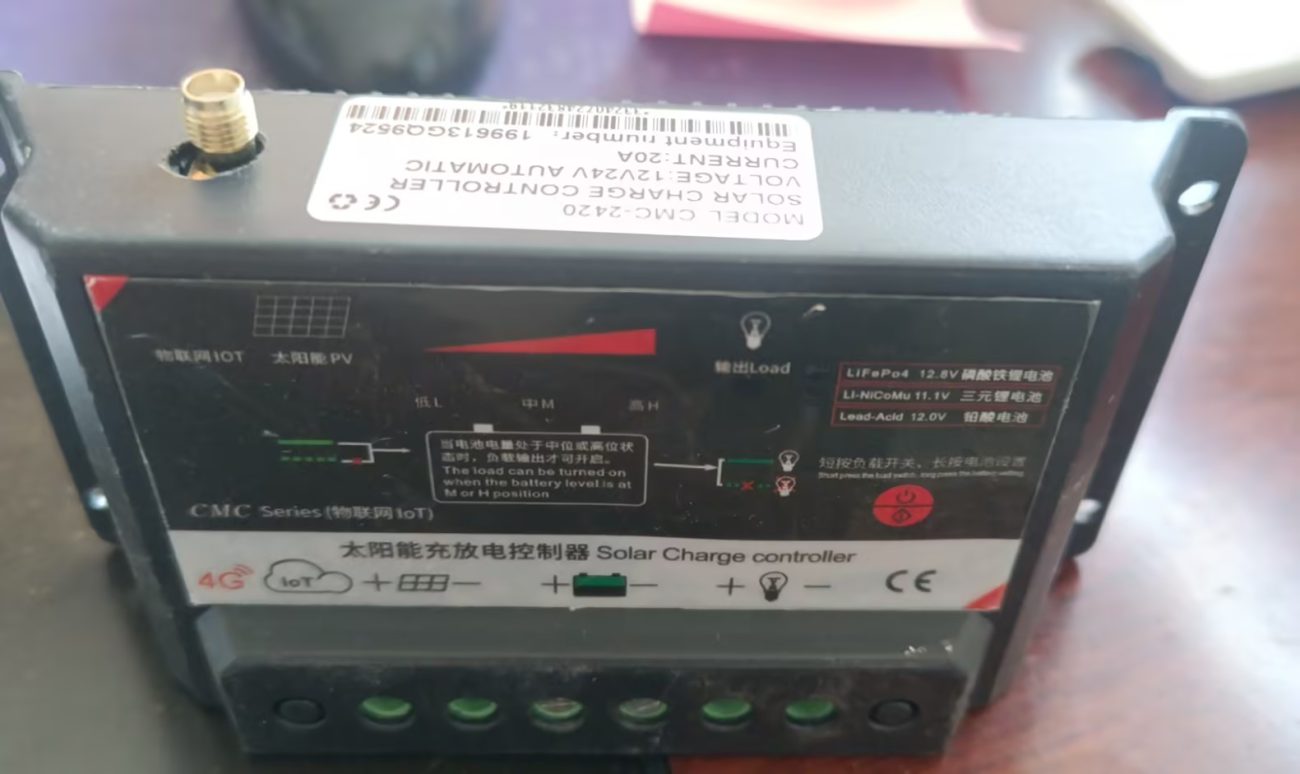
Don’t be afraid,Heargrow can provide more solution for you.
References:
1:WWW.HearGrow.com https://heargrow.com/product/heargrow-60-amp-12v-24v-48v-mppt-solar-controller-for-rvs-trailers-campers-vans-boats-off-grid/
2:How to Setup a Solar Charge Controller (menu, battery type & wiring) https://www.youtube.com/watch?v=EBjmAeNeDiE
畅销产品
-
300W Generator Battery Charger Portable Power station Outdoor Emergency Power Supply Camping Power Bank Inverter
$99.00 -
Efficient 12A 400W Boost MPPT Solar Charge Controller Solar Panel Regulator for 12V/24V/48V/60V/72V Lead-Acid, LiFePO4, Gel, Flooded Batteries in Golf Cart Electric Vehicles and Solar Systems
$14.99 -
HearGrow 10 Amp 12V/24V Flush Mount PWM Solar Charge Controller Advanced and Dependable for RVs, Trailers, Campers, Vans, Boats, Off-Grid
Original price was: $6.99.$5.99Current price is: $5.99. -
HearGrow 10 Amp 12V/24V PWM Negative Ground Solar Charge Controller Compact Design w/LCD Display for AGM, Gel, Flooded and Lithium Battery, Wanderer
$13.00 -
HearGrow 10 Amp Pro PWM Solar Charge Controller – Trusted Energy for RVs, Campers, Boats & Off-Grid
Original price was: $5.59.$4.89Current price is: $4.89. -
HearGrow 10 Amp PWM Solar Charge Controller Efficient & Reliable for RVs, Trailers, Campers, Vans, Boats, Off-Grid Living
$5.99



